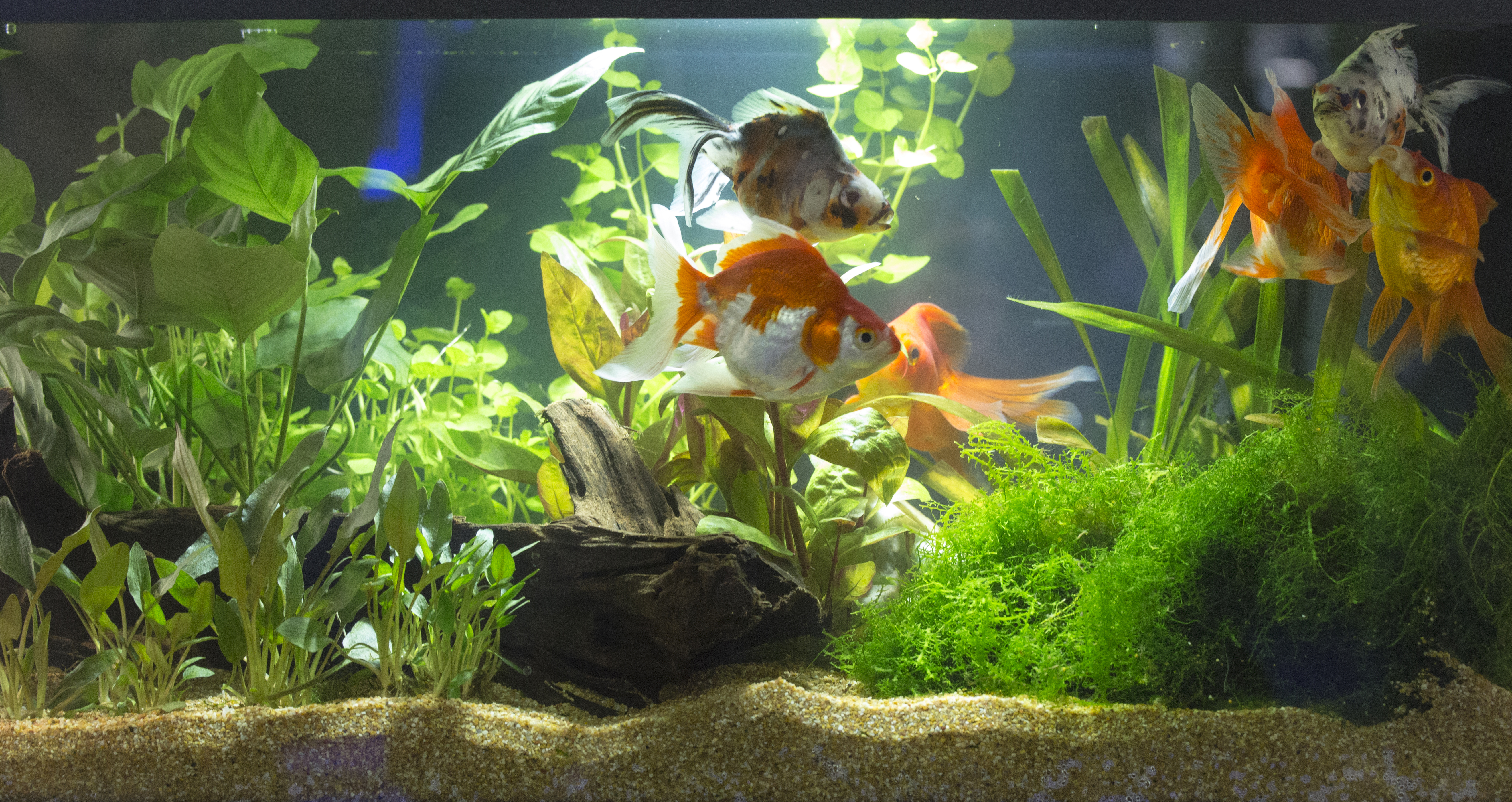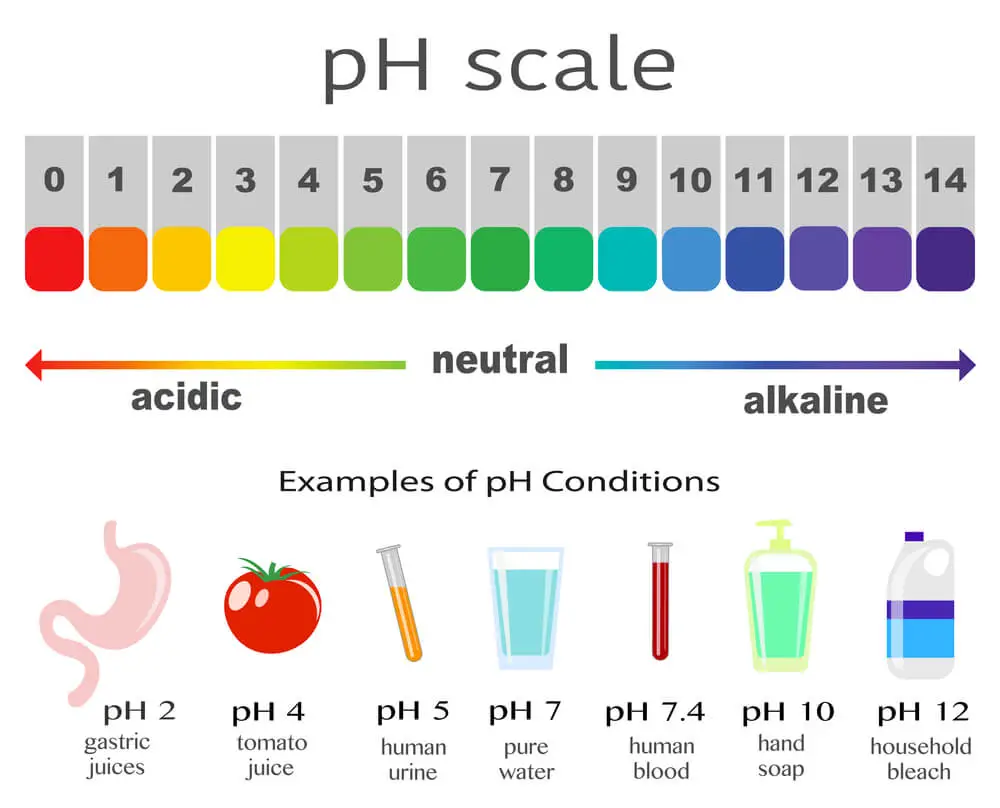
If your freshwater aquarium alkalinity is too high or too low it impairs these processes. Answer 1 of 5.

Again choose your fish and plant combination accordingly.
Ideal alkalinity for freshwater aquarium. In the aquarium industry total alkalinity may be referred to as carbonate hardness or KH which is often measured in degrees dKH rather mgL or ppm. One dKH is equal to 179 mgL or 179 ppm. Waters that have moderate to high levels 50 mgL or greater of total alkalinity and total hardness usually have a neutral to slightly basic pH.
Living organisms such as those in your aquarium or even fish species living in rivers and lakes need pH levels in the range of around 60-90. Within your fish aquarium you have much less to worry about than natural bodies of water must deal with. The carbonate hardness of the freshwater aquarium is again different for most fish.
While the Cichlids need a KH level between 10 and 18 most community type fish and freshwater aquarium plants will do best in 4 to 8 KH. Again choose your fish and plant combination accordingly. If the pH deviates a little from the fishs ideal value it can adapt to it.
As long as it does not change rapidly because these quick changes will kill all fish. In general a pH between 65 and 75 is good for a freshwater aquarium. Alkalinity is a measurement of the negative ions eg Hydroxide Carbonate Bicarbonate in the water that buffer against pH shifts.
Ideal alkalinity is in the 100-250 mgL range. As the alkalinity falls the water in aquariums may experience sudden and deadly pH shifts. Increase the buffering capacity of the water to stabilize the pH.
That means that the ideal alkalinity for a freshwater aquarium reflects the water where your species of fish originates. In general freshwater fish can usually adapt to and feel healthiest in conditions ranging from 55 to 75. Saltwater fish require total alkalinity in the aquarium to be 80 to 81.
Consult a fish pH chart to determine what is right for your tank. 8 - 12 dKH. 8 - 12 dKH.
6 - 8 dKH. Nitrate - Nitrogen NO3 10. Consequently the use of alkalinity as a surrogate measure for bicarbonate is deeply entrenched in the reef aquarium hobby.
So what is alkalinity. Alkalinity in a marine aquarium is simply a measure of the amount of acid H required to reduce the pH to about 45 where all bicarbonate is converted into carbonic acid as follows. HCO3- H H2CO3.
The pH alkalinity and relative hardness of the water are all interrelated. Proper pH levels allow the chemical reactions taking place in the water to proceed as they should. If your freshwater aquarium alkalinity is too high or too low it impairs these processes.
The relative hardness of the water refers to the dissolved minerals in the water. A look at pH. PH is the most common area hobbyists have issues or require adjustments.
PH is a measurement of the acidity or alkalinity of the aquarium water. 7 is neutral above this up to 14 is alkaline and below this down to 0 is acidic. All fish species have different preferences and ranges in which they thrive.
The advantage of using the SeaChem Alkaline Buffer is that it raises the pH along with the alkalinity KH of your aquarium water and keeps it at an acceptable range between 72 and 85 which is an ideal for freshwater aquariums. RO water has virtually no kh kh is alkalinity so replacing some water with RO water will lower it but if it was really high to begin with it might still be too high to bring down the pH. You should find out just how much kh is in the water so you know how much water needs replaced or product needs to be used.
Answer 1 of 5. Many starting aquarium proprietors fear finding out about water science. In any case just by knowing the essentials you can enormously improve your history in raising sound fish.
Since water quality straightforwardly affects the. Natural seawater has an alkalinity of 2-3 meqL therefore ideal aquarium alkalinity parameter is between 4-6meqL. Phosphate Overfeeding is the major reason for increasing concentration of.
The ideal alkalinity varies according to tank setup aquarium inhabitants pH and lots of other factors but most fishkeepers maintain an alkalinity of around 1-2 meqL 3-6 dKH. If alkalinity drifts too low your pH will tend to be unstable but if it drifts too high it will often drag your pH upward rather than holding it steady. The pH can also affect fish health.
For most freshwater species a pH range between 65 - 90 is ideal but most marine animals typically cannot tolerate as wide range pH as freshwater animals thus the optimum pH is usually between pH 75 and. This is because alkalinity is the ability to neutralize acid and pH is the acidic content in a solution. Carbonate is a compound that significantly contributes to alkalinity.
Hence Carbonate Hardness KH tends to make the water more basic by neutralizing the acidic water and acting as a buffer. Ideal Hardness in Freshwater Aquarium. The ideal pH range for most freshwater fish is between 65 and 75 with a higher value being better for some species such as goldfish.
If you have an acidic tank that measures below 60 it may be time to do some water changes or add a buffer such as baking soda. On the other hand if you find yourself constantly battling high pH levels above. Brackish water often has a higher pH and alkalinity than freshwater as well.
In the brackish aquarium pH should be maintained between 78 and 84 with alkalinity between 10 and 20 dKH 180 ppm to 360 ppm. In freshwater tanks we test for GH because calcium and magnesium are similar in depletion not the case in reef aquaria. The units of measure are parts per million ppm or degrees of hardness dKH and dGH.
PH another key parameter is a scale that indicates how acidic or basic a solution is. A pH greater than 7 is basic or alkaline while a pH. This is the result for ideal ph for freshwater fish tank please check the bellow links to know more.
Best Aquarium Test Kits JNW Direct Aquarium Test Strips for Fish Tank 6 in 1 Test Hardness Alkalinity Nitrate Nitrite pH More Accurate Freshwater and Saltwater Aquarium Water Testing 50 Count Packaging May Vary 4.